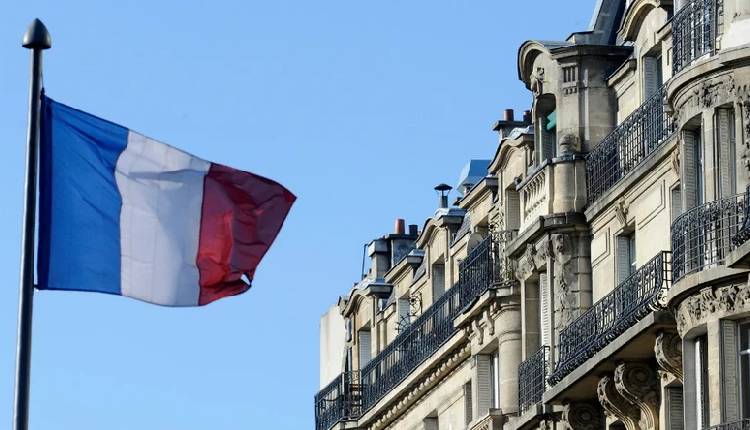France’s GDP in terms of volume rose 0.2 per cent in the second quarter of 2024, down from the 0.3 per cent growth recorded in the first quarter.
This second-quarter slight expansion was supported by a small recovery in household consumption, which grew by 0.1 per cent after a 0.1 per cent decline in the first quarter. The increase was driven primarily by a 0.5 per cent rise in the consumption of services, offsetting stable consumption in goods and a notable decline in food consumption by 1.6 per cent.
Despite the rise in energy consumption by 3.0 per cent, gross fixed capital formation (GFCF) continued to contract, decreasing by 0.4 per cent, with construction investment falling by 0.9 per cent and capital goods investment dropping by 2.7 per cent.
Corporate performance faced challenges as the margin rate for non-financial companies (NFCs) fell sharply to 30.8 per cent, down from 31.7 per cent in the previous quarter. This decline reflects continued pressures on profitability within the industrial sector.
The general government borrowing requirement saw a slight improvement, declining by 0.1 percentage points to 5.5 per cent of GDP, compared to 5.6 per cent in Q1.
Government revenues increased by €2.9 billion, or 0.8 per cent, driven by higher tax receipts and social contributions. However, public spending also rose by €2.4 billion, or 0.6 per cent, tempering the overall improvement in the fiscal deficit.
In terms of trade, exports continued to increase at a moderate rate, rising by 0.4 percent, bolstered by robust demand for transport equipment. Imports showed a slight recovery, up by 0.1 percent following a 0.4 percent decline in the previous quarter, driven by higher imports of energy and food products.
The net contribution of foreign trade to GDP growth was positive at 0.1 percentage points, while changes in inventories had a neutral impact on the overall GDP growth.
Attribution: The National Institute of Statistics and Economic Studies (INSEE)
Subediting: M. S. Salama


